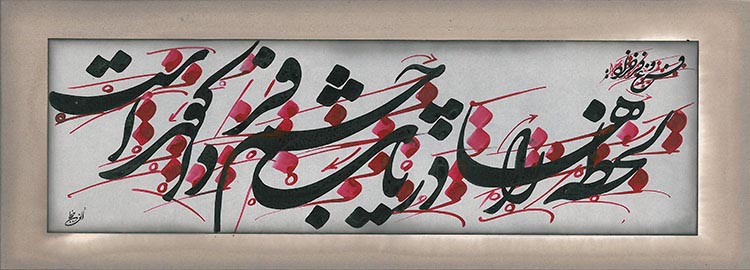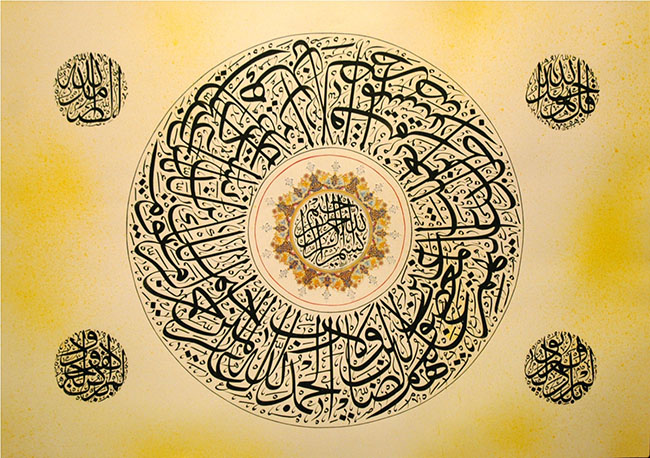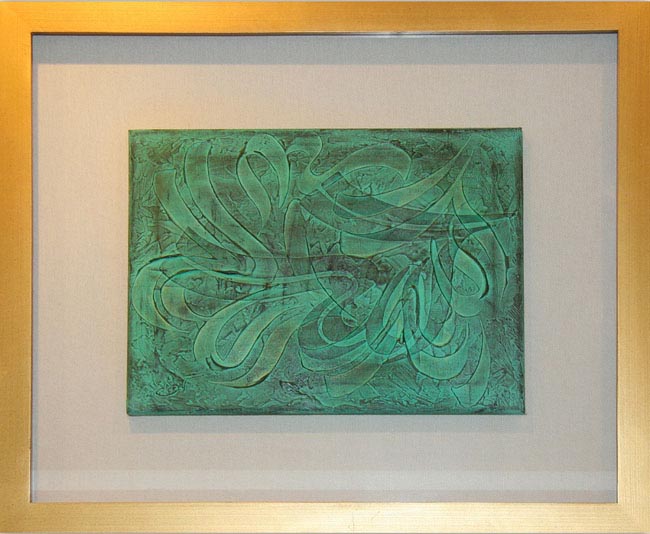
That survey, undertaken by the city’s Department of Cultural Affairs, also found that 26 percent of senior staff members identify as people of color, compared with 32 percent of midlevel staff, and 45 percent of junior staff.
“The whitest job in arts and culture? Curator,” the study said. “The jobs with fewest white workers: maintenance and security.”
Tom Finkelpearl, the commissioner of Cultural Affairs, said in an interview that the city has not set specific percentages or benchmarks for diversity for arts groups, and that the goal was more generally aimed at having them demonstrate meaningful plans for progress.
Cultural Staff and Leadership Diversity in New York
Mayor Bill de Blasio has proposed linking millions of dollars in city arts funds for museums and other cultural groups to their progress at increasing diversity on their staffs and boards. While roughly two-thirds of New York City residents identify as people of color, many of the major arts organizations in the city have relatively small numbers of people of color on their boards of trustees. There is more diversity in the overall staffs, from low-wage personnel to curators and other senior employees.
Current racial diversity in several major New York cultural institutions
PERCENTAGE OF MINORITIES:
ON FULL-TIME STAFF, IN ANY POSITION
Metropolitan Museum of Art
CLASSICAL MUSIC, THEATER AND DANCE
Museum of the City of New York
American Museum of Natural History
New York Botanical Garden

Current racial diversity in several major
New York cultural institutions
PERCENTAGE OF PEOPLE OF COLOR:
ON FULL-TIME
STAFF, IN ANY
POSITION
Metropolitan Museum of Art
CLASSICAL MUSIC, THEATER AND DANCE
Museum of the City of N.Y.
American Mus. of Nat. Hist.
New York Botanical Garden
“It’s not just who you hire,” he said. “Are people then actually involved in the decision making? Is it tokenism or is it something that’s fundamental? In what categories are people’s careers being nurtured and are people being included?”
As part of the city’s new “cultural plan,” released last month, the 33 museums and arts groups in or on city-owned property — which now receive about 63 percent of the $188.1 million in municipal financing — will start submitting diversity, inclusion and equity plans to the city in the fall of 2018.
An additional 1,000 cultural organizations, which compete for the remaining city funds, will face a new question in the application process this February along the lines of, “How does your organization address diversity and inclusion in its staff, board and program?”
Mr. Finkelpearl said the funding formula for the main 33 arts groups would likely resemble that of CultureStat, implemented under Mayor Michael R. Bloomberg in 2008, which guaranteed 90 percent of their funds, with the rest conditioned on their performance in board governance and financial management.
So far, arts groups say they welcome the city’s dictum. At the Museum of the City of New York, where people of color make up 35 percent of the staff and only 10 percent of board members, officials said they were committed to becoming more diverse.
“Our goal is to have 25 percent of our board include people of color over the next five years,” said Whitney W. Donhauser, the museum’s director.
Several arts organizations say they have already been working on improving diversity in their ranks and several have made progress. MoMA PS1 said it has added more than 25 minority staff members over the last five years, in positions including chief operating officer, maintenance technician and installer.
In the last five years, the Museum of Natural History added five minority board members. “We spend a lot of time on this and we will continue to,” said Ellen V. Futter, the museum’s president.
Some institutions — like the Met — are hiring diversity consultants, such as Angela Vallot, who in 1997 became Texaco’s first chief diversity officer following the settlement of a $176 million racial-discrimination lawsuit.
Darren Walker, the president of the Ford Foundation, which funded the research for the cultural plan, said arts groups are becoming more proactive not just because of political pressure, but because of economic necessity: They need to build a broader audience by better reflecting a broader audience.

Credit
Demetrius Freeman for The New York Times
“To fulfill your mission you’ve got to be credible,” he said, “and in order to be credible, the community needs to see themselves represented among you.”
Whether arts groups will make real progress is an open question. Cultural organizations have often struggled to identify minority board members capable of meeting the high donations — often millions of dollars — demanded by the city’s leading arts organizations.
“The hardest nut to crack is going to be the boards,” Mr. Finkelpearl said, adding that executives need to think about ways besides money that trustees of color can add value, namely through their art collections, personal connections or professional expertise.
Mr. Walker said there is still the persistent problem of insularity; boards are clubs that tend to be homogeneous. “It’s a challenge because trustees are limited by their own networks,” Mr. Walker said. “The places they look are the places they’ve always looked and those places generally have very few people of color.”
For arts groups with a strong track record of diversity, a different challenge is the brain drain as larger institutions poach their talent. The Studio Museum has become a veritable farm team of curators for other institutions; over the last few years, it has lost Thomas J. Lax to the Museum of Modern Art; Naomi Beckwith to the Museum of Contemporary Art, Chicago; Christine Y. Kim to the Los Angeles County Museum of Art; and Jamillah James to the Institute of Contemporary Art, Los Angeles, by way of the Hammer Museum.
The Brooklyn Museum has long developed a diverse team, and just last week announced the appointment of two new minority curators: Aysin Yoltar-Yildirim in Islamic Art and Ashley James in contemporary. But the museum also recently lost Rujeko Hockley to the Whitney Museum of American Art.

Credit
Jonathan Dorado
“It’s a problem we’re going to have to address,” Mr. Finkelpearl said. “Smaller organizations invest a number of years of training, then a bigger institution gets a fully trained person.”
Still, Thelma Golden, the director of the Studio Museum, said that part of its mission was developing the expertise of staff members in the work of artists of African-American descent so that they can take that knowledge to other museums.
“We have actively trained curators and enthusiastically sent them out into the world,” Ms. Golden said. “When I have a curator, I’m thinking that from the beginning.”
lightbox calligraphy | Calligraphy | Modern Calligraphy | 09121958036 | ebrahimolfat.com





